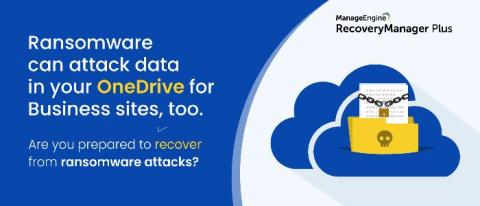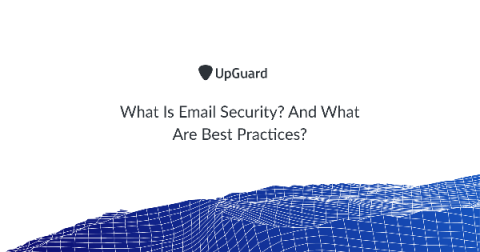We Want You! Win the War on Ransomware Today
Arguably, the first malware extortion attack occurred in 1988 – the AIDS Trojan had the potential to be the first example of ransomware, but due to a design flaw, the victims didn’t end up actually having to pay up the 189 bucks. It’s safe to say that over the past 31 years, attackers have perfected the ransomware craft, with organizations shelling out more than $25 billion per year. We don’t expect it to end any time soon.






